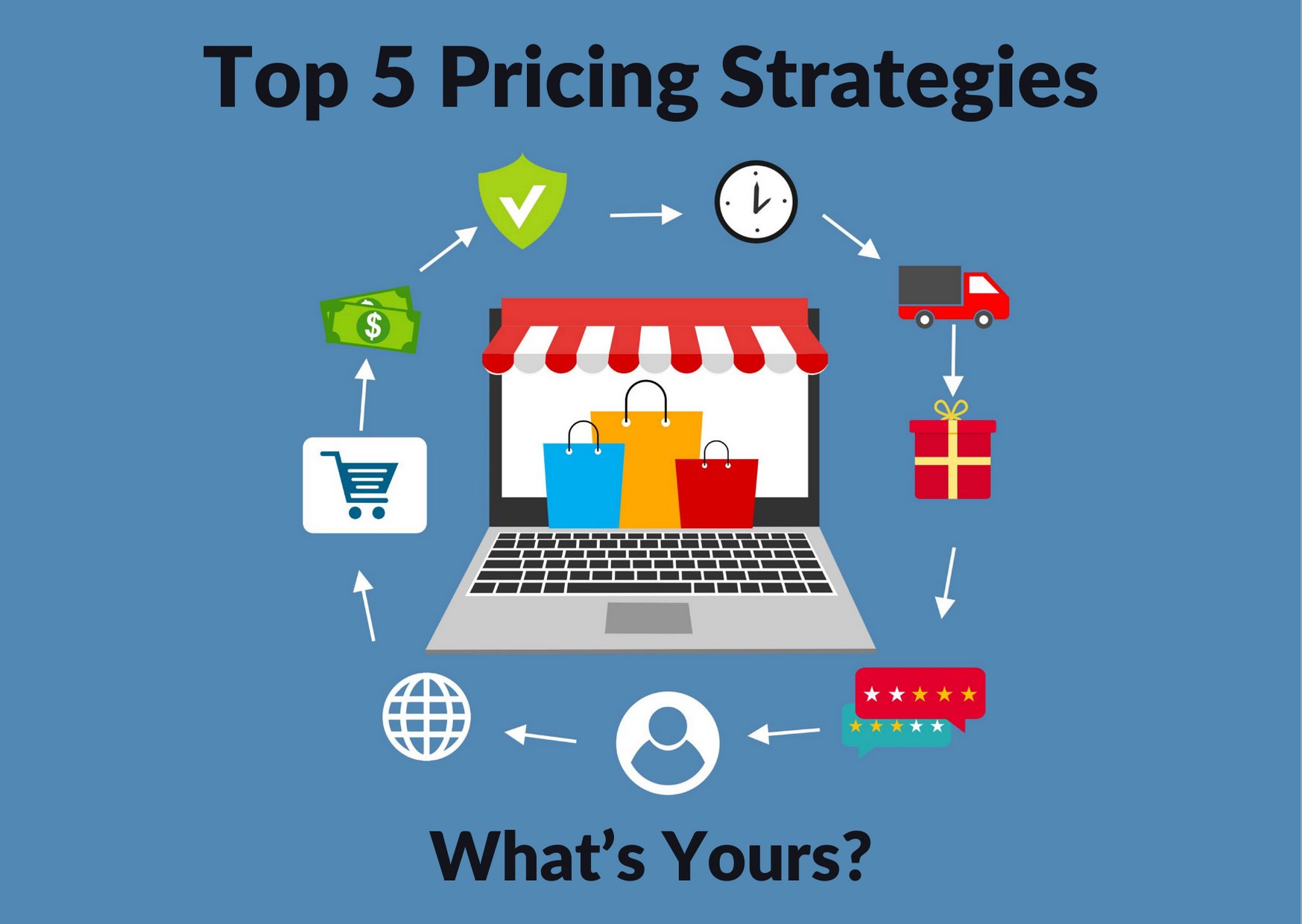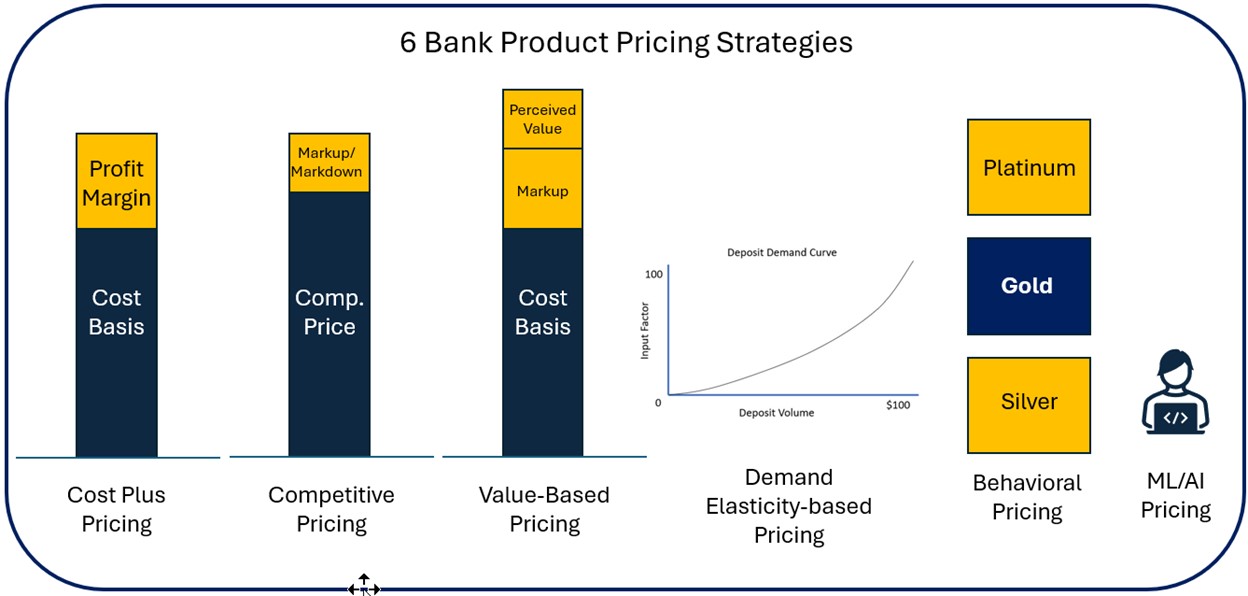The Secret Perks of Using Tiered Pricing Strategy for Your Company
The Secret Perks of Using Tiered Pricing Strategy for Your Company
Blog Article
How to Create a Winning Rates Strategy for Your Business
A complete understanding of market characteristics, customer habits, and price structures lays the foundation for educated rates decisions. In addition, reviewing competitor prices and constantly adapting your method can improve your market position.
Understand Your Market
Understanding your market is critical for developing a reliable prices method. A detailed market analysis enables companies to recognize consumer actions, preferences, and viewed value of services or products. This understanding aids to establish competitive pricing that lines up with what consumers agree to pay while making the most of profitability.
To effectively determine your market, start by researching your target market. Segment them based on demographics, purchasing practices, and preferences to customize your offerings. Furthermore, assess your competitors by analyzing their pricing frameworks, promotional approaches, and market positioning. This affordable insight exposes voids or possibilities that can be leveraged to separate your items.

Eventually, a thorough understanding of your market lays the structure for a pricing strategy that not only attracts consumers yet additionally maintains your organization in an affordable landscape. By aligning your rates with market dynamics, you can improve consumer commitment and drive lasting growth.
Analyze Your Prices

To successfully assess your costs, begin by developing a breakdown of all expenditures connected with your service or product. This incorporates direct prices, such as manufacturing and delivery, in addition to indirect prices, like advertising and management expenses. As soon as you have a detailed overview, determine your complete cost per device, which will function as a baseline for your rates choices.
Furthermore, consider the impact of economic situations of scale; as manufacturing increases, the per-unit expense may lower. This insight can help you determine possible rates methods that enable for affordable benefits. By completely evaluating your expenses, you encourage your organization to set rates that not only cover costs yet likewise line up with your general monetary purposes, inevitably contributing to lasting growth and success.
Assess Client Worth
Client worth is an essential part fit your pricing approach, as it mirrors the viewed benefits that your services or product supplies to customers. Recognizing consumer worth needs an extensive evaluation of what your target market considers crucial. This might consist of quality, comfort, brand name online reputation, or distinct features that differentiate your offering from others in the market.
To assess customer value effectively, involve with your consumers via surveys, interviews, and responses forms. These direct insights can aid identify what facets of your product resonate most with consumers and influence their getting decisions. Additionally, take into consideration here are the findings segmenting your client base to customize value assessments for different demographics or actions patterns.
Inevitably, a deep understanding of client worth enables businesses to align their rates strategy with what clients are willing to pay, fostering loyalty and improving total market competition. This fundamental understanding will serve as a critical reference point in establishing an effective rates technique tailored to your distinct service context.
Evaluate Rival Prices
When developing a pricing technique, evaluating competitor prices is necessary to ensure your company continues to be competitive on the market. Understanding just how your competitors value their service or products provides important insights that can notify your very own prices choices. Start by identifying essential gamers in your market and analyzing their rates designs, including discount rates, bundling, and any kind of marketing click to investigate approaches they utilize.
Following, contrast the functions and advantages of your offerings versus those of your rivals. This analysis will certainly help you determine whether you can justify a costs cost or if a more affordable method is required. Take notice of customer feedback and market fads that might influence pricing dynamics, as these aspects can move the competitive landscape.
Rivals may have differing pricing methods based on area or demographics, requiring a customized technique for your organization. By constantly reviewing and monitoring competitor pricing, you can make enlightened decisions that improve your pricing method and total market competitiveness.
Test and Readjust Approach
Testing and readjusting your rates method is crucial for keeping competitiveness and taking full advantage of profitability. As market dynamics progress, consumer preferences shift, and brand-new rivals arise, your prices should stay relevant and efficient.
To begin, apply A/B screening by using different prices to different consumer sectors or with distinctive sales networks. Analyze the resulting sales efficiency and consumer feedback to identify optimum prices points. Utilize analytical devices to track essential metrics such as conversion prices, typical deal worths, and customer acquisition costs.

On a regular basis solicit comments from your customer base concerning viewed worth and rates (Pricing Strategy). This input can provide beneficial insights that assist changes
Lastly, preserve a flexible frame of mind; be prepared to pivot your approach these details in action to the information you gather. By continually examining and refining your rates approach, you will not just improve your competitive edge but likewise foster lasting client commitment and earnings.
Verdict
In final thought, creating a winning prices method demands a thorough understanding of the marketplace, a comprehensive evaluation of expenses, and an analysis of client worth. Evaluating competitor pricing enhances critical positioning, while recurring testing and adjustments ensure responsiveness to market characteristics. By integrating these components, organizations can develop a rates structure that optimizes success and aligns with customer assumptions, eventually adding to continual competitive benefit and long-term success in the marketplace.
Consumer value is an important component in forming your prices approach, as it mirrors the perceived benefits that your item or service supplies to consumers. Inevitably, a deep understanding of consumer value enables companies to align their rates approach with what consumers are prepared to pay, cultivating loyalty and boosting overall market competition.When establishing a pricing technique, examining competitor pricing is vital to guarantee your company continues to be competitive in the market. By constantly evaluating and checking rival pricing, you can make educated decisions that enhance your pricing method and general market competition.
In final thought, creating a winning pricing strategy demands an extensive understanding of the market, an in-depth analysis of costs, and an evaluation of consumer worth.
Report this page